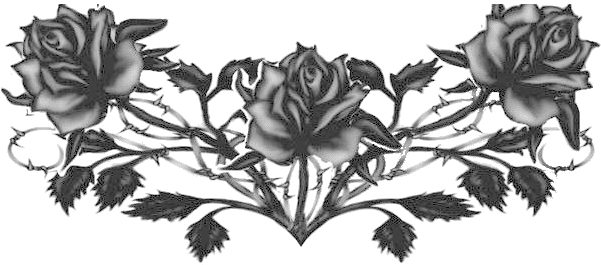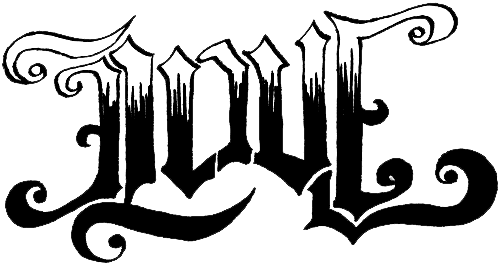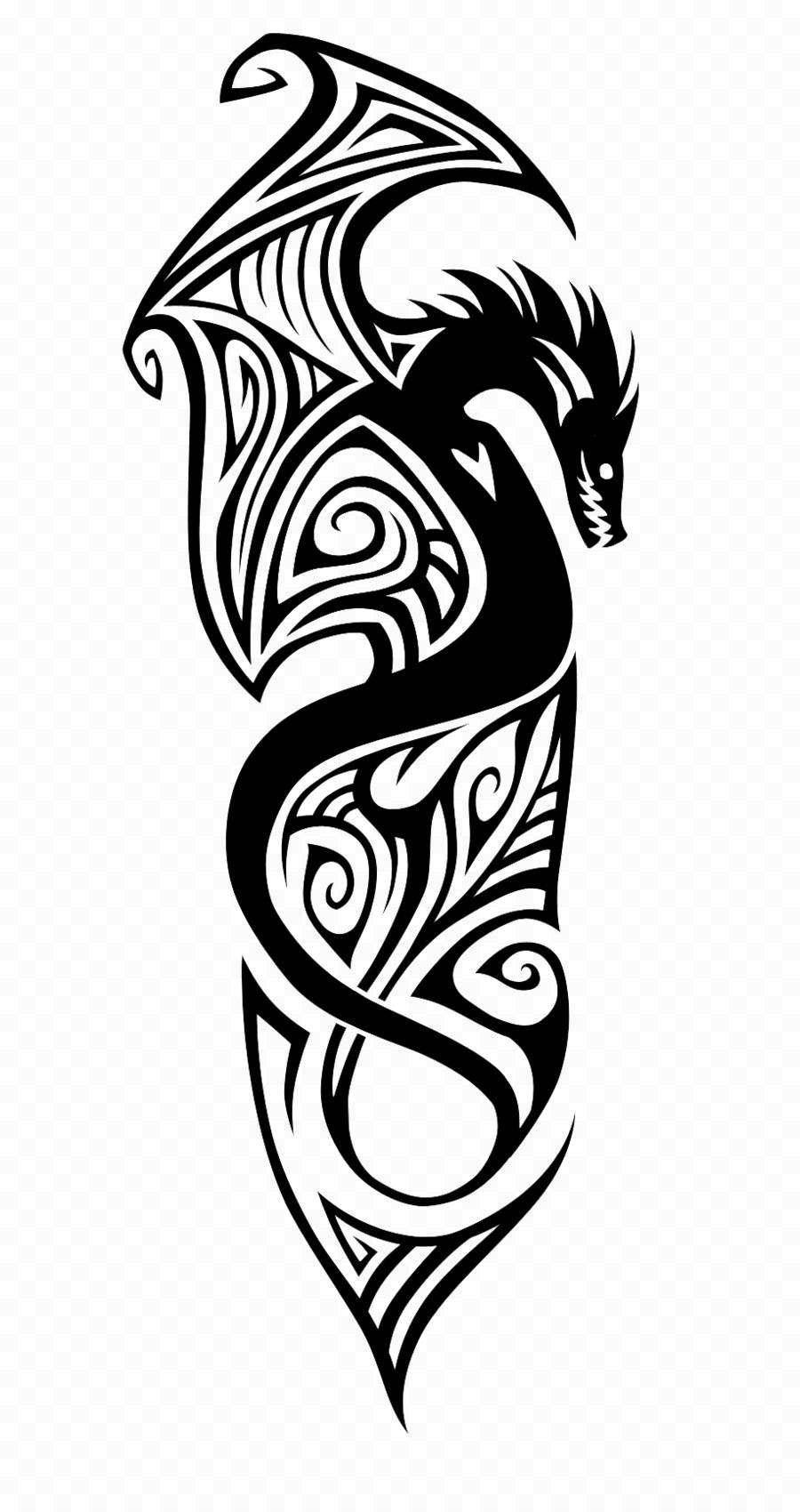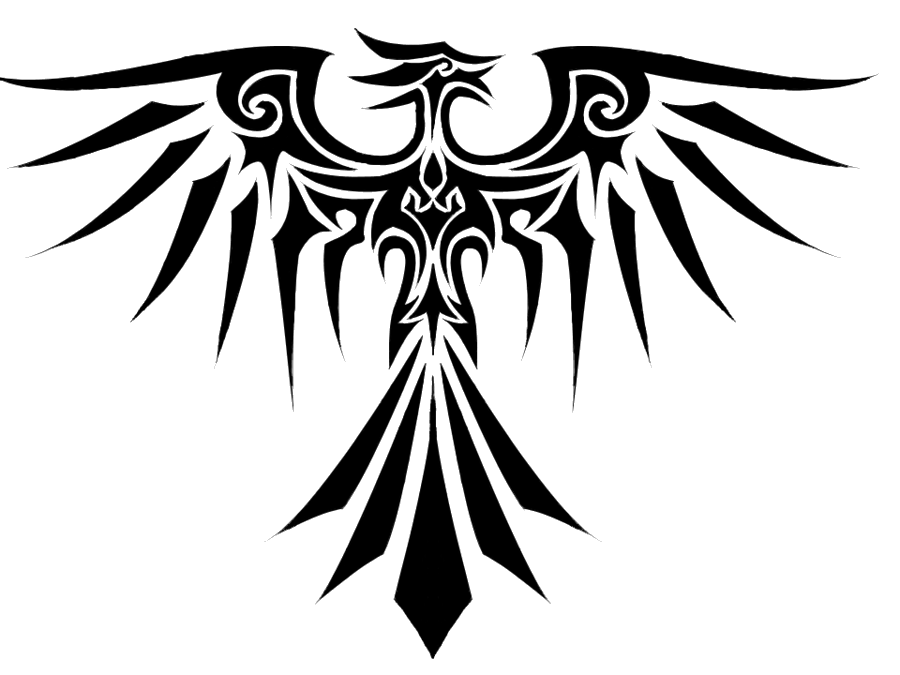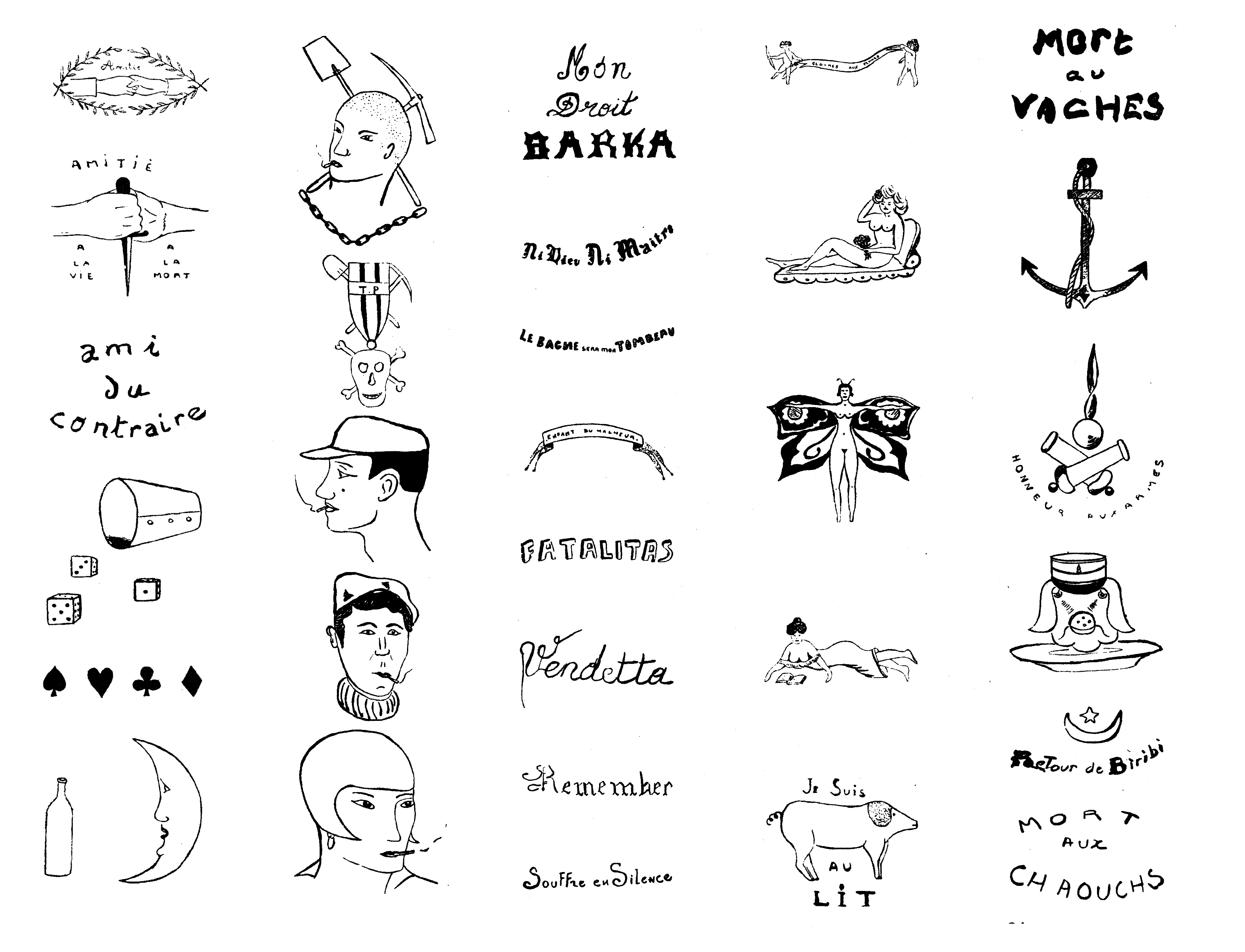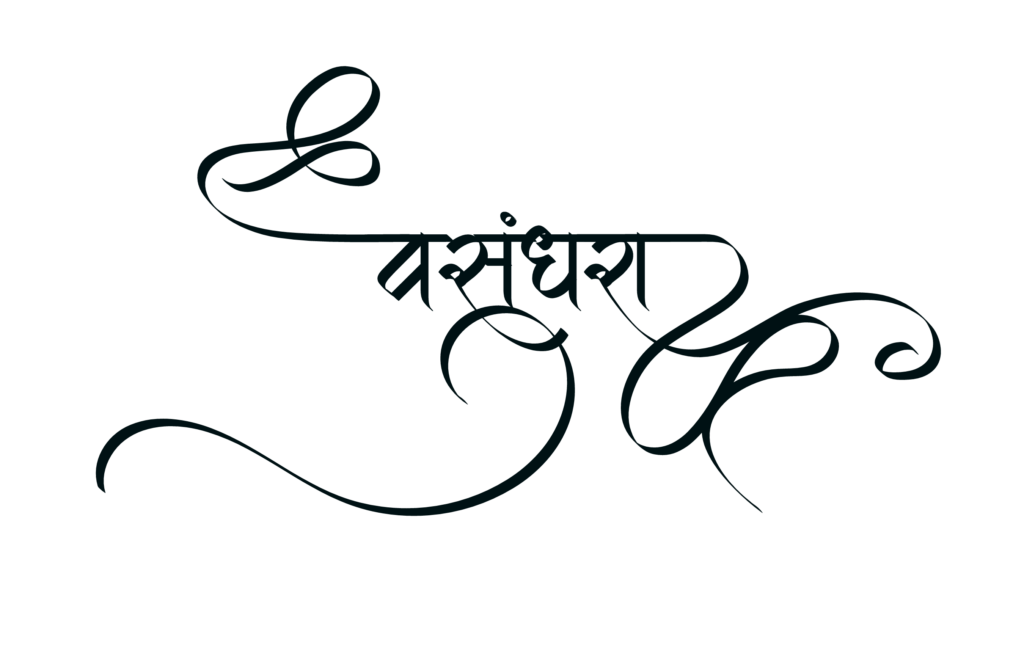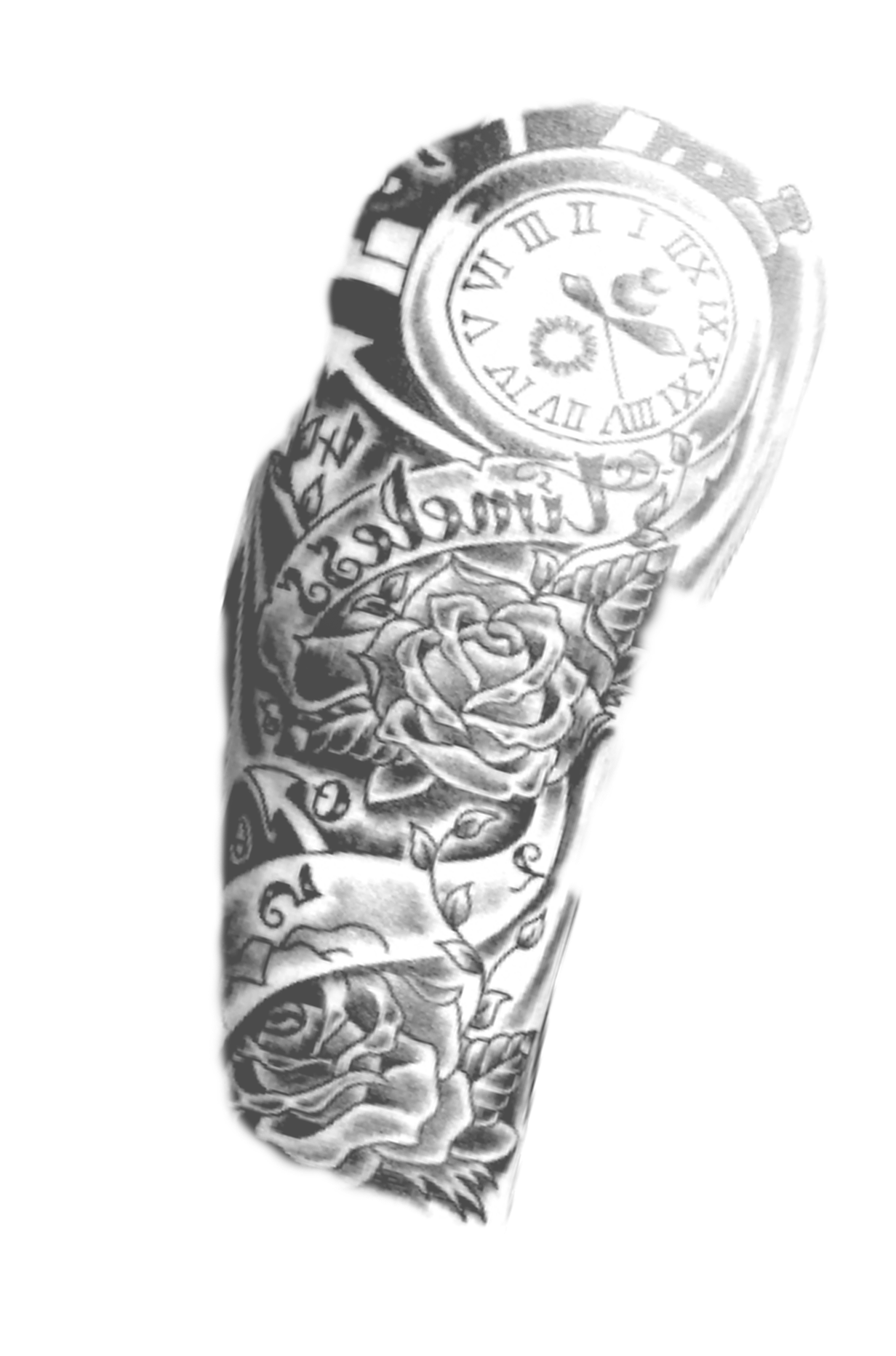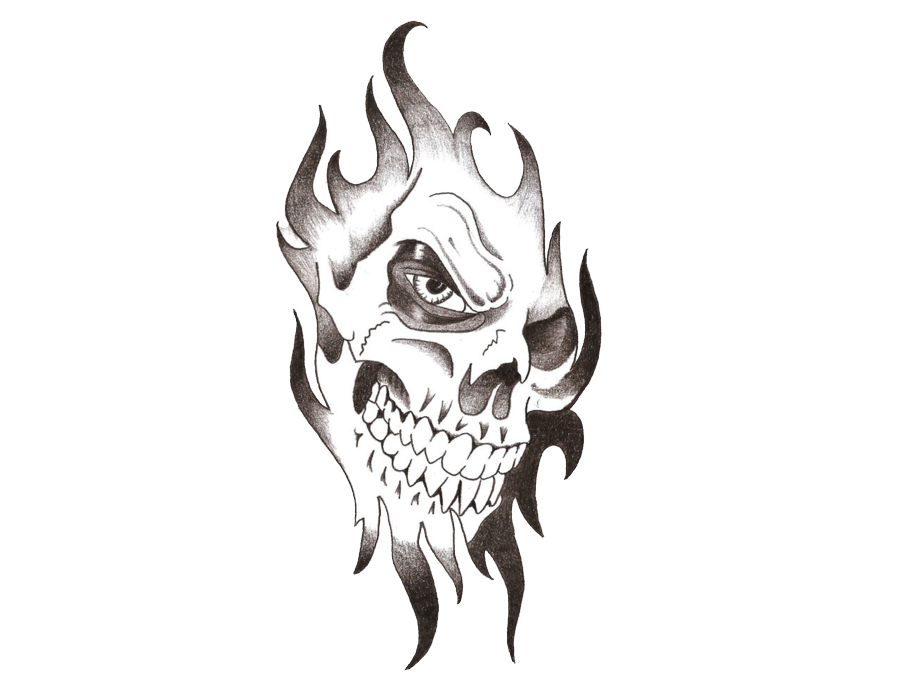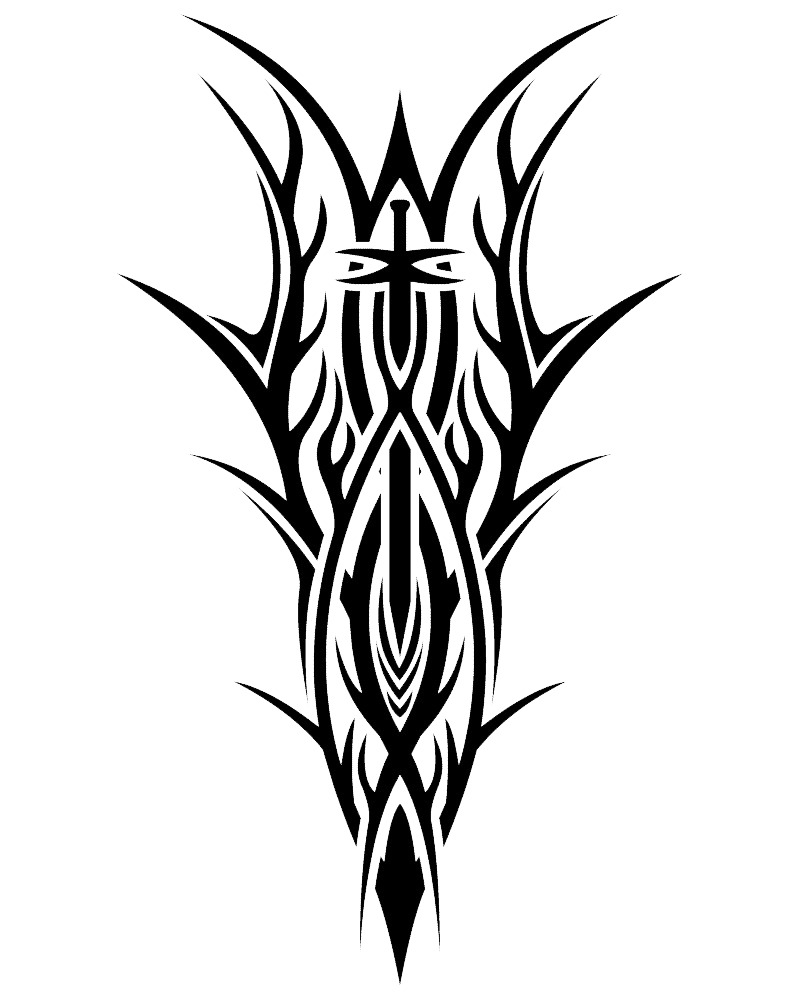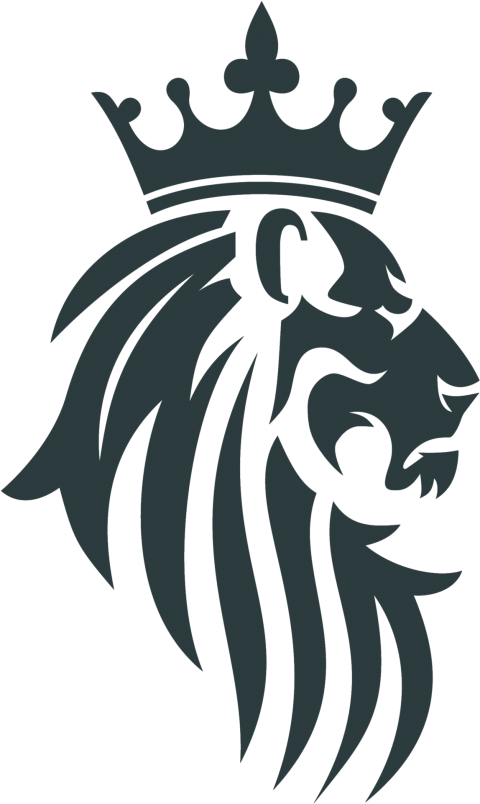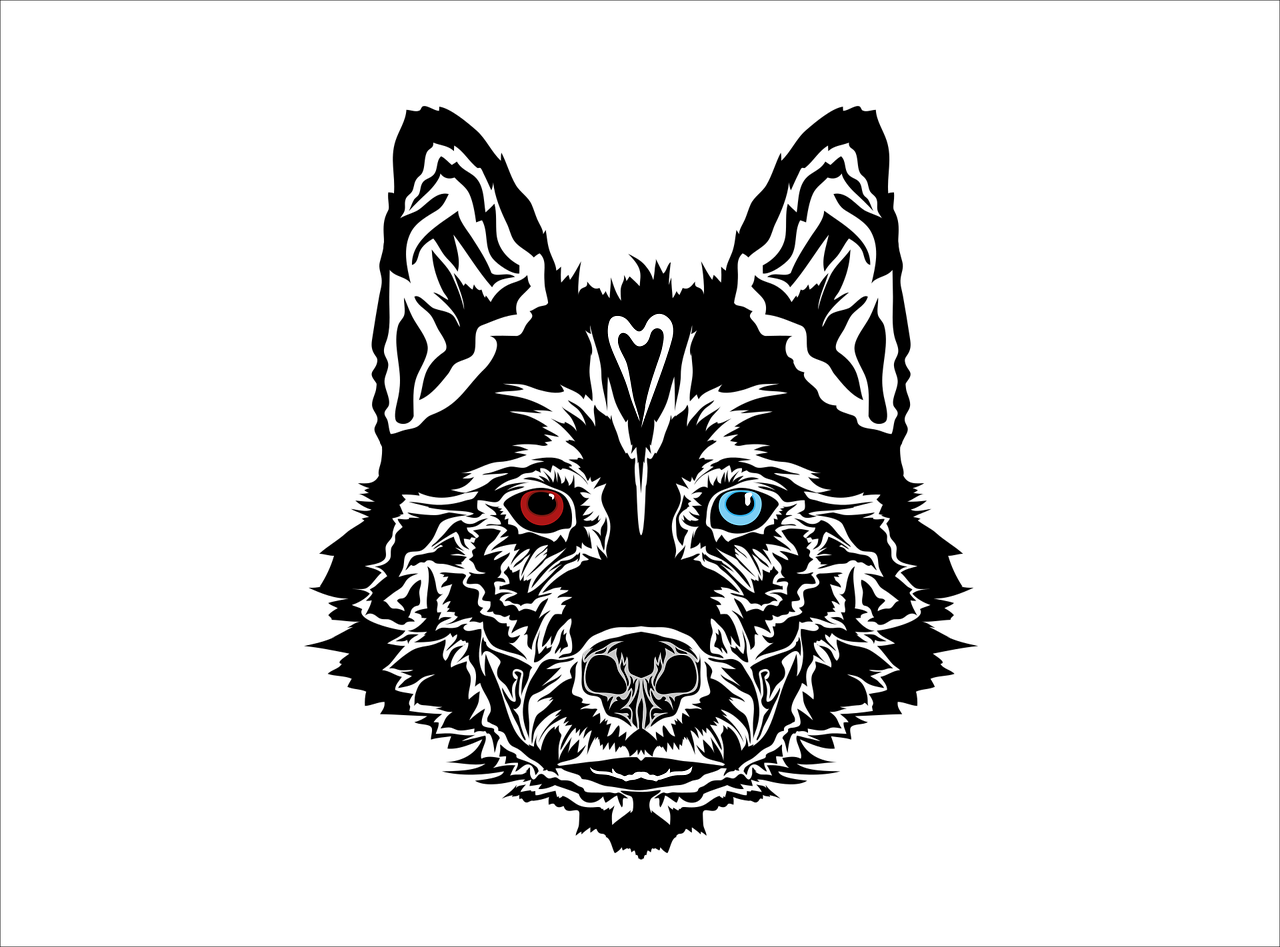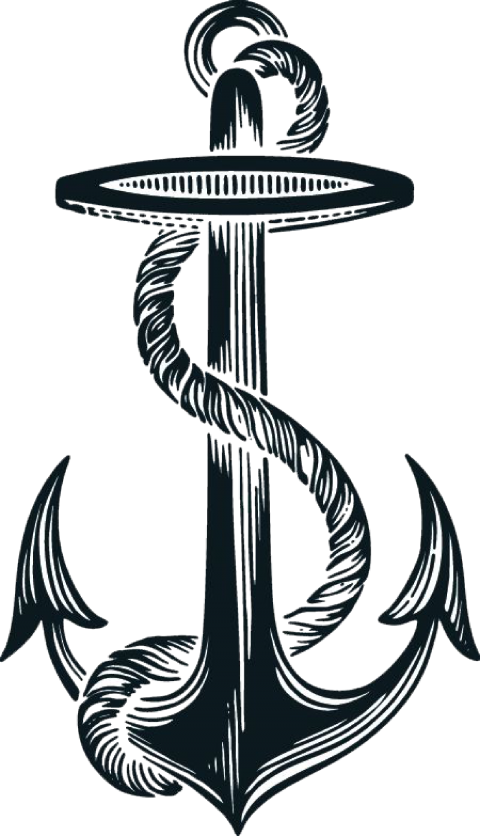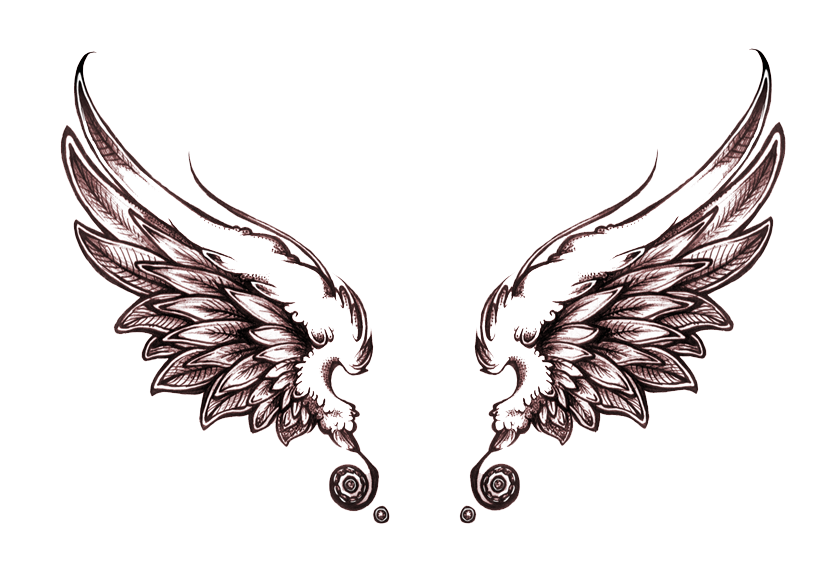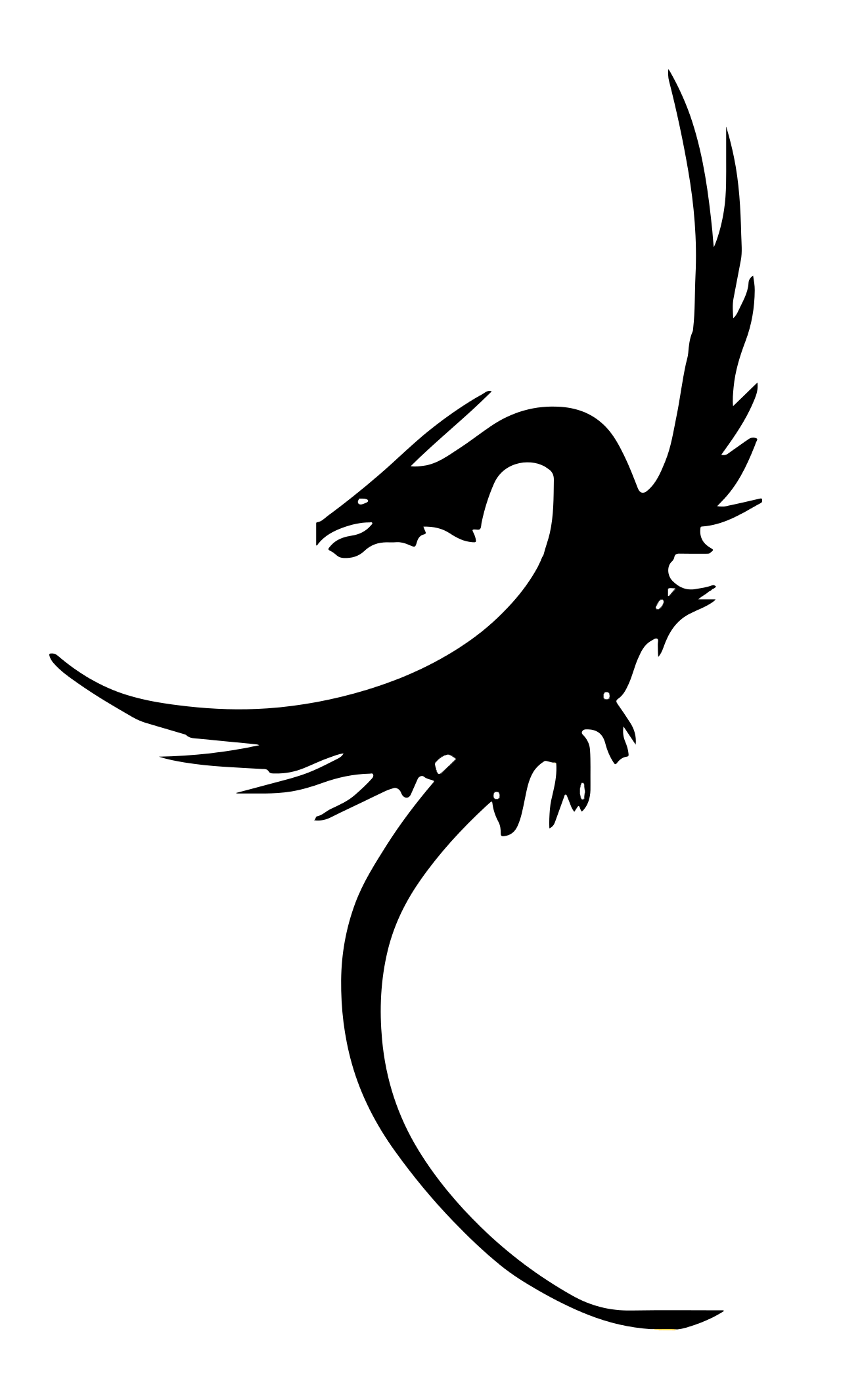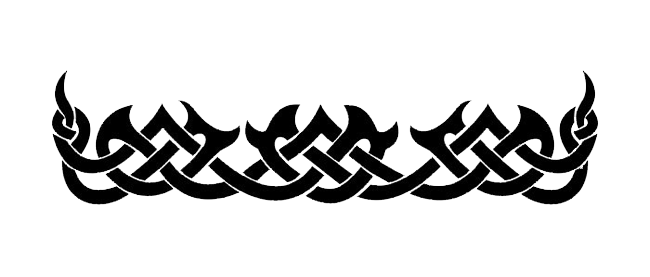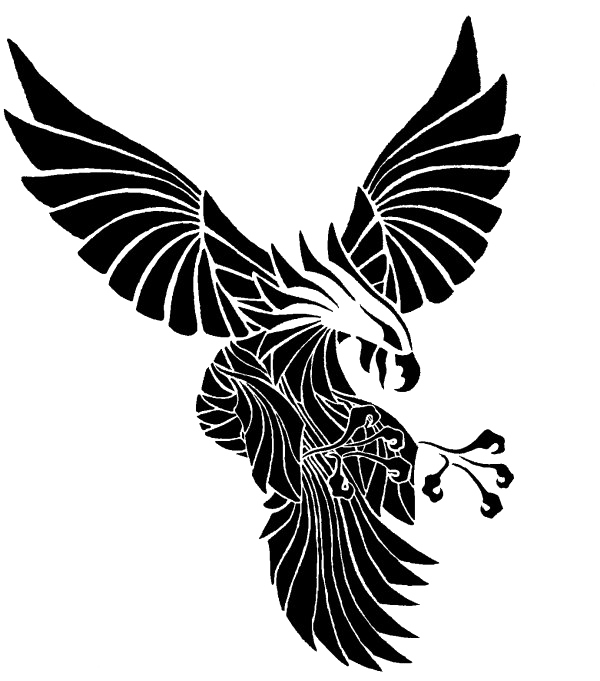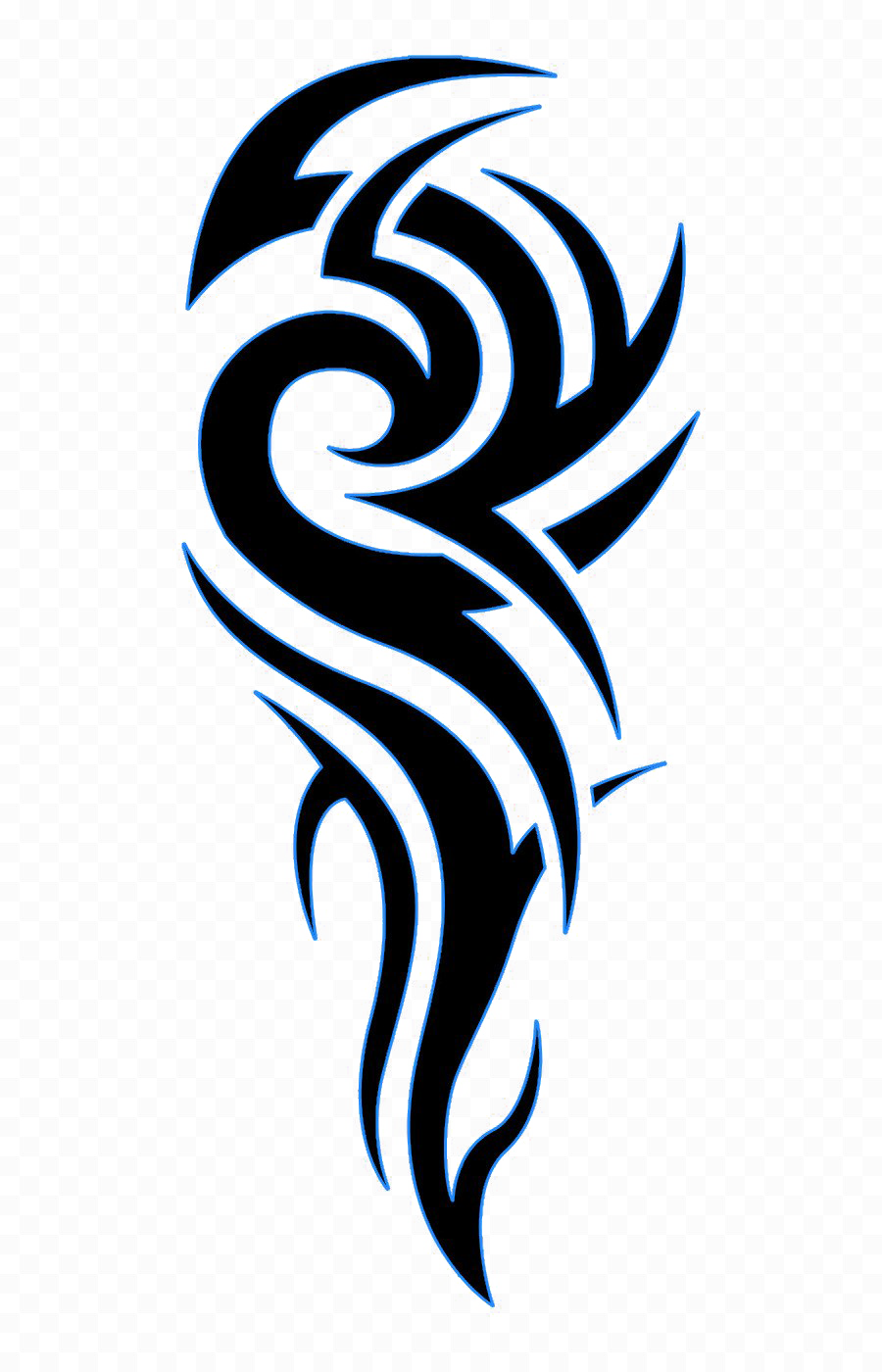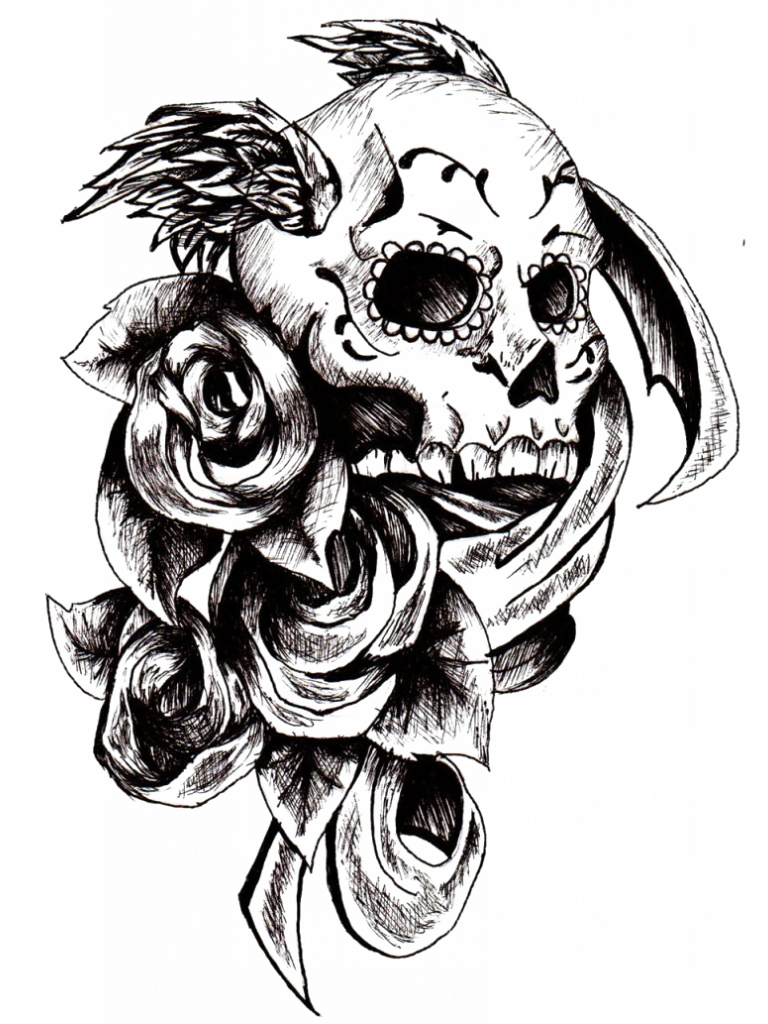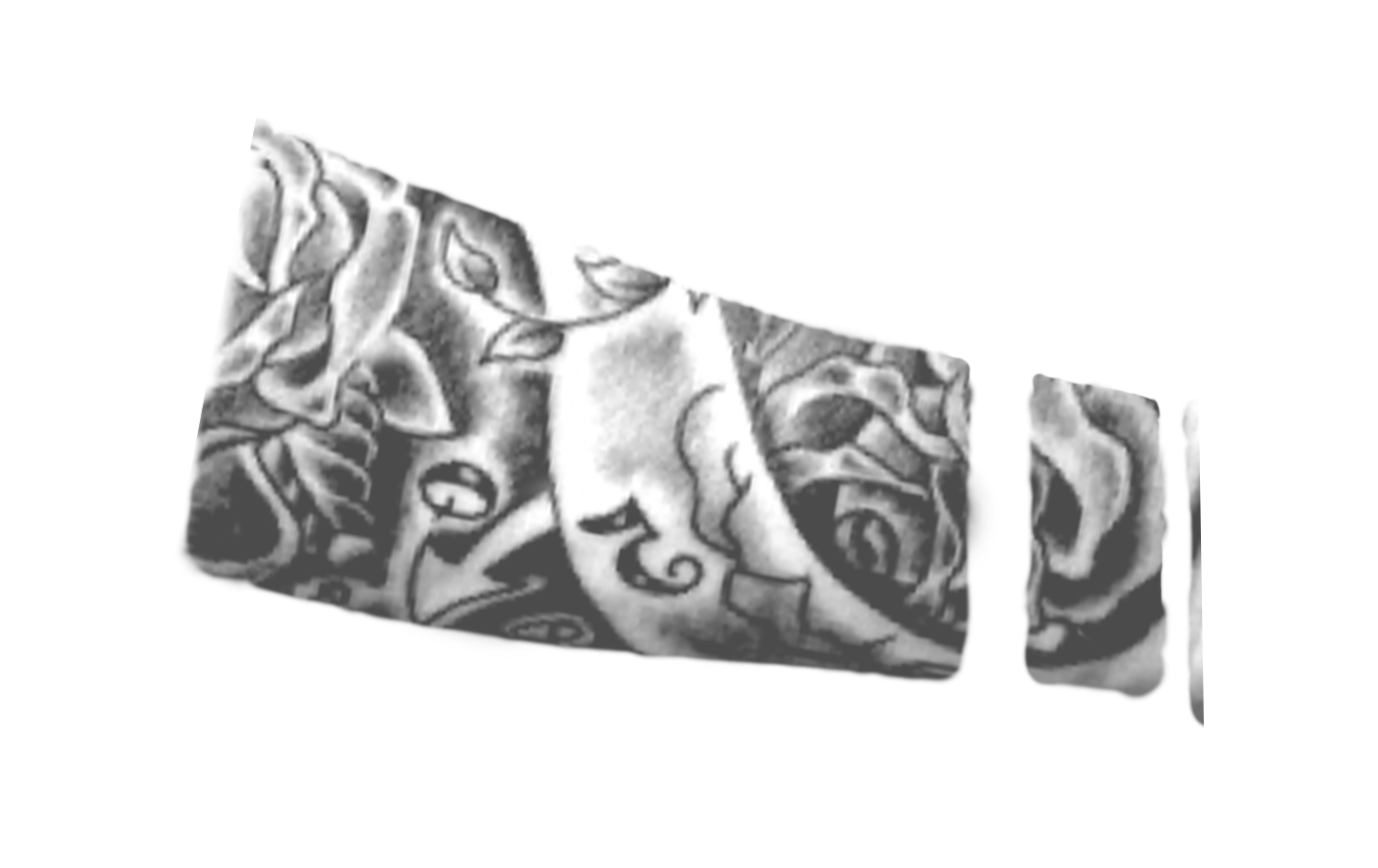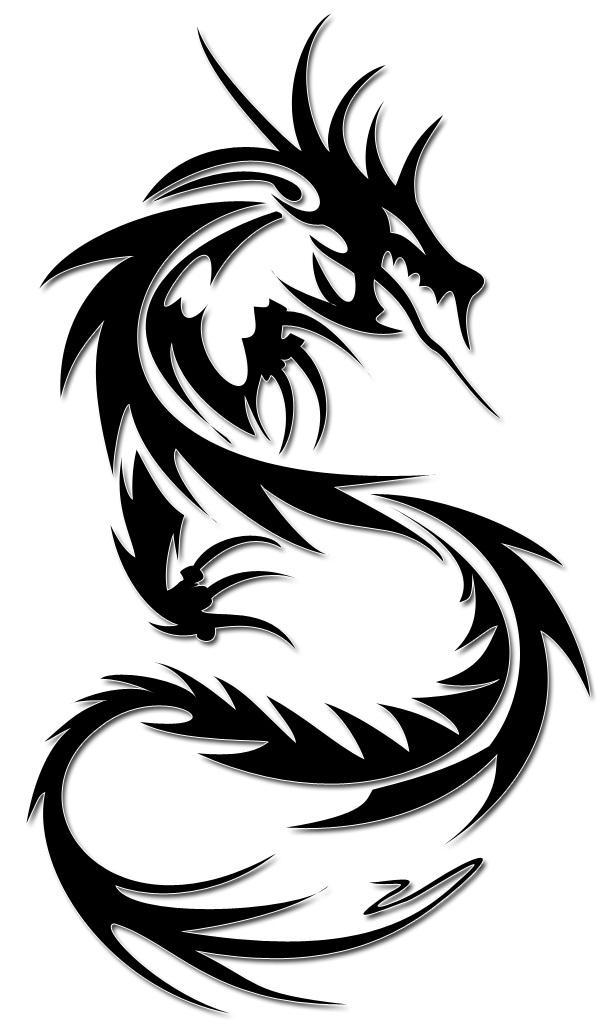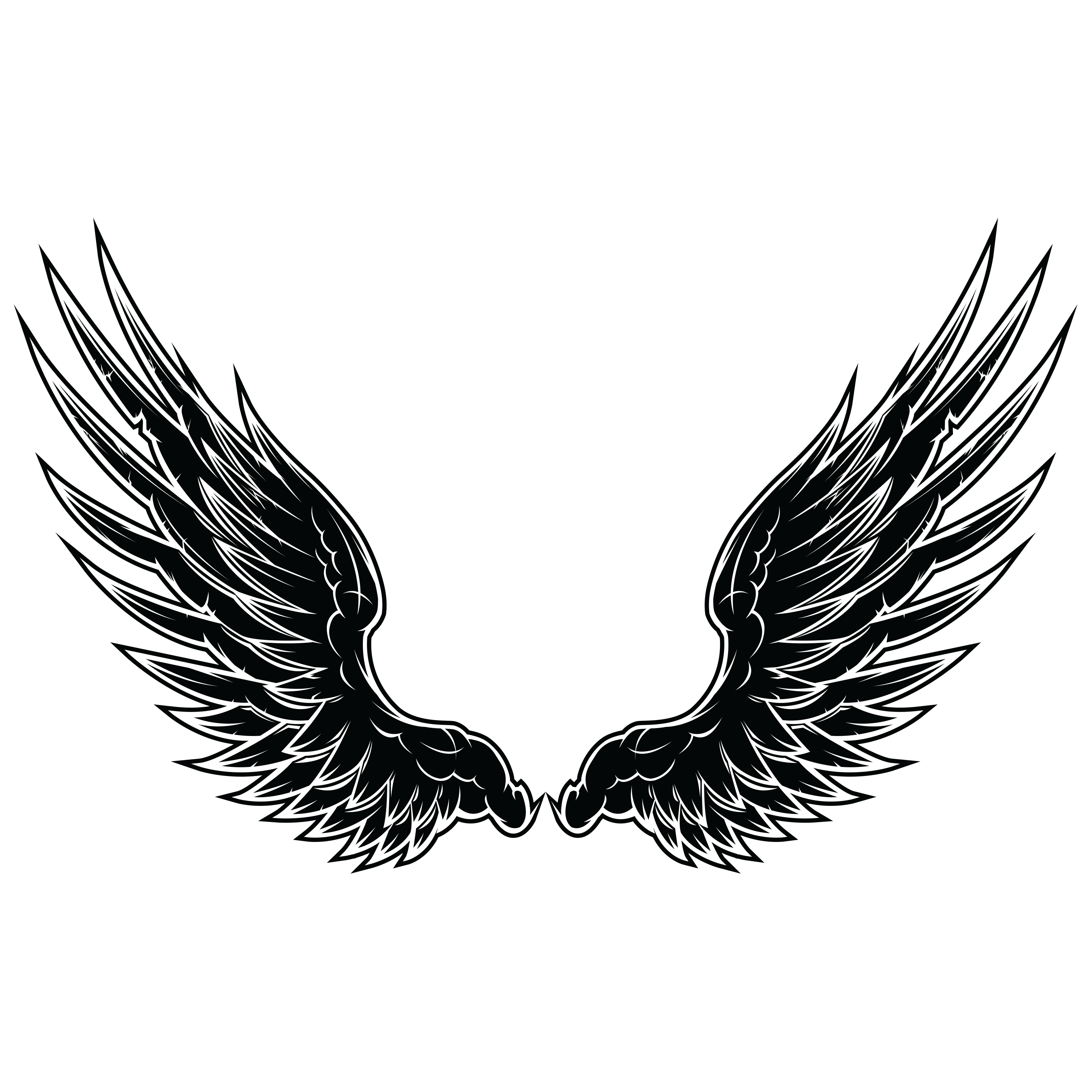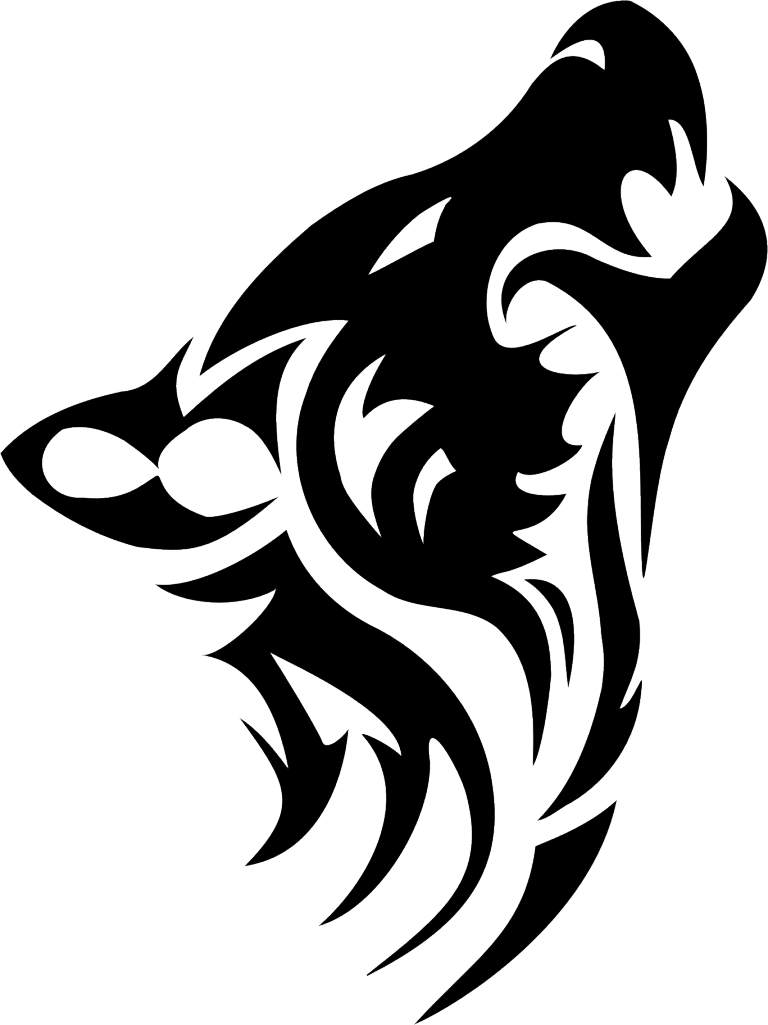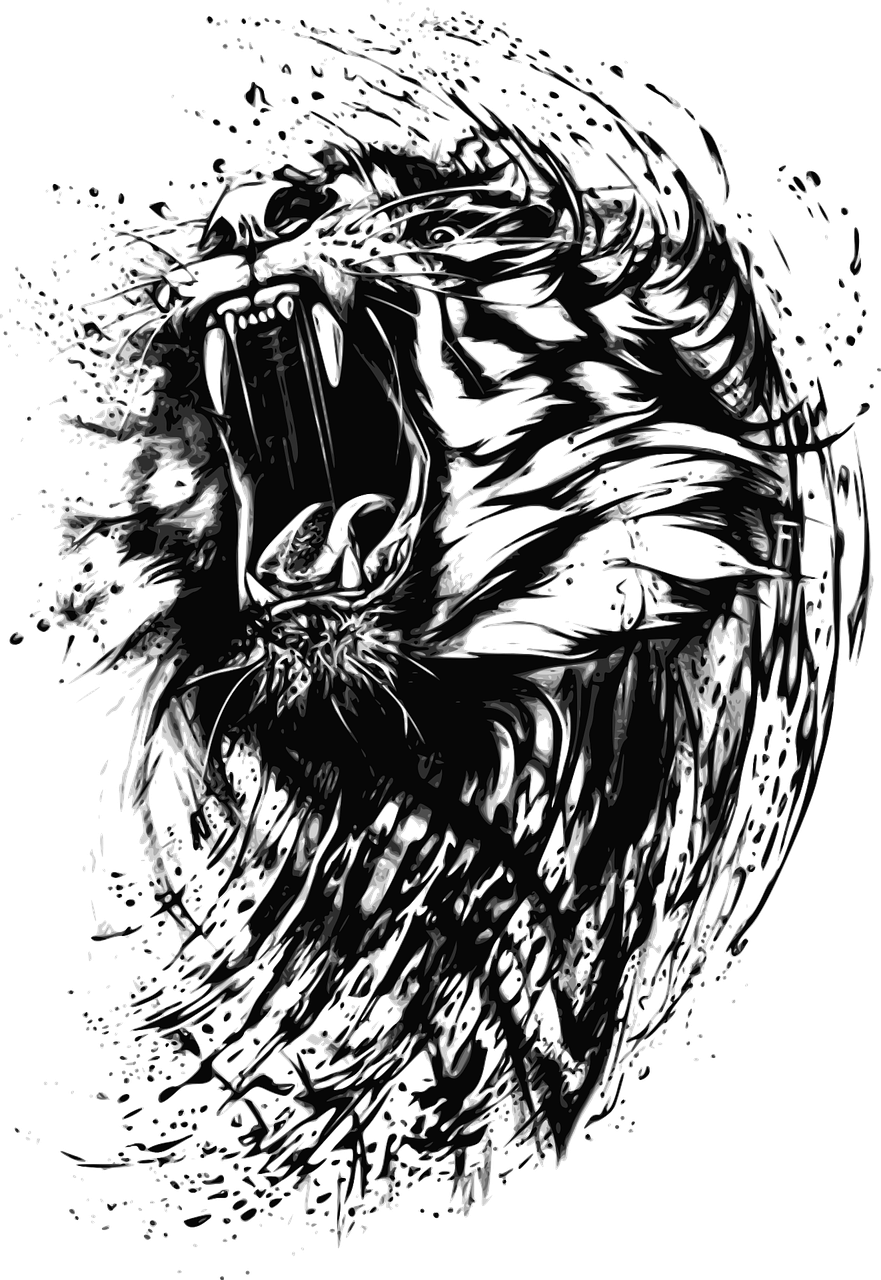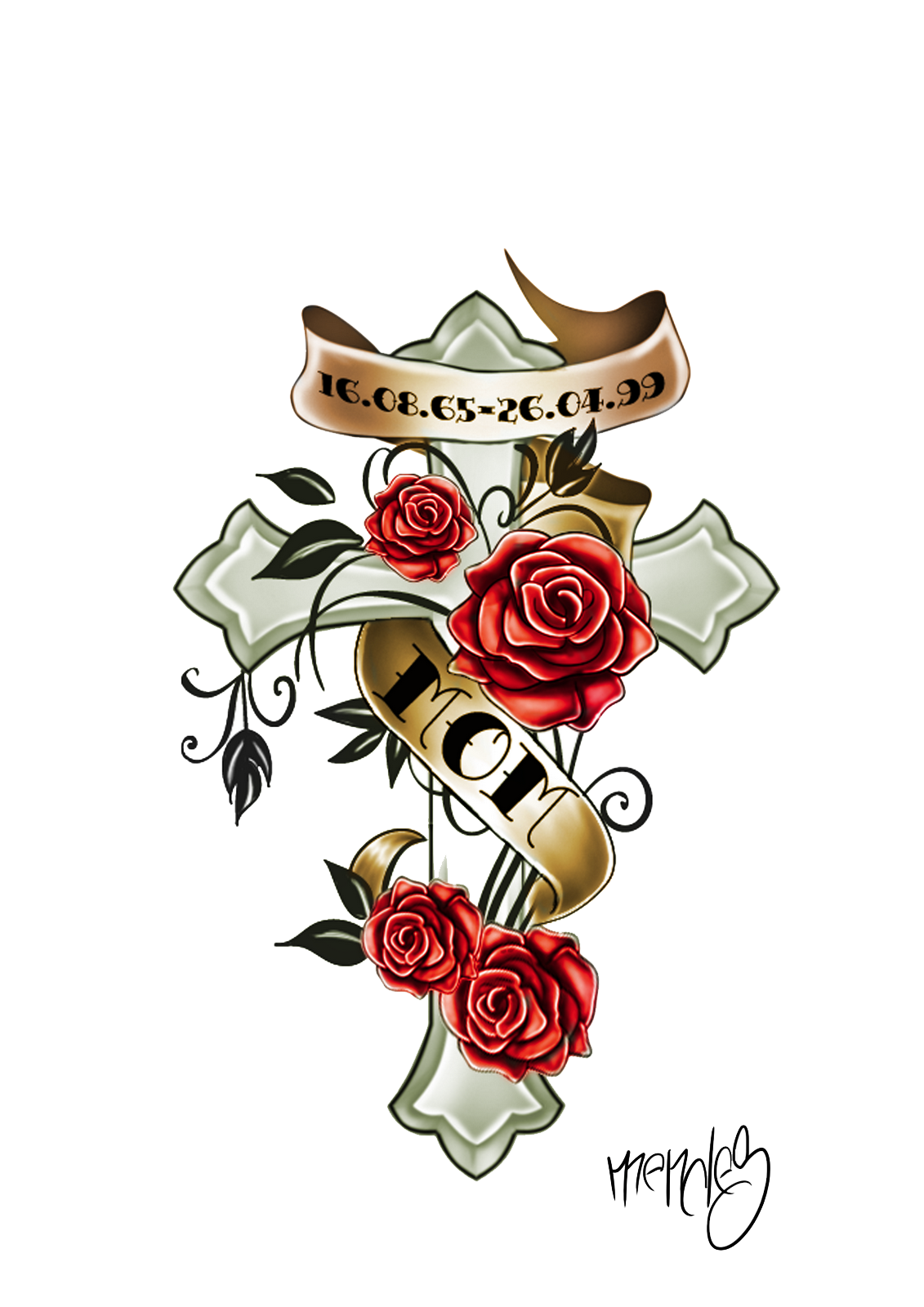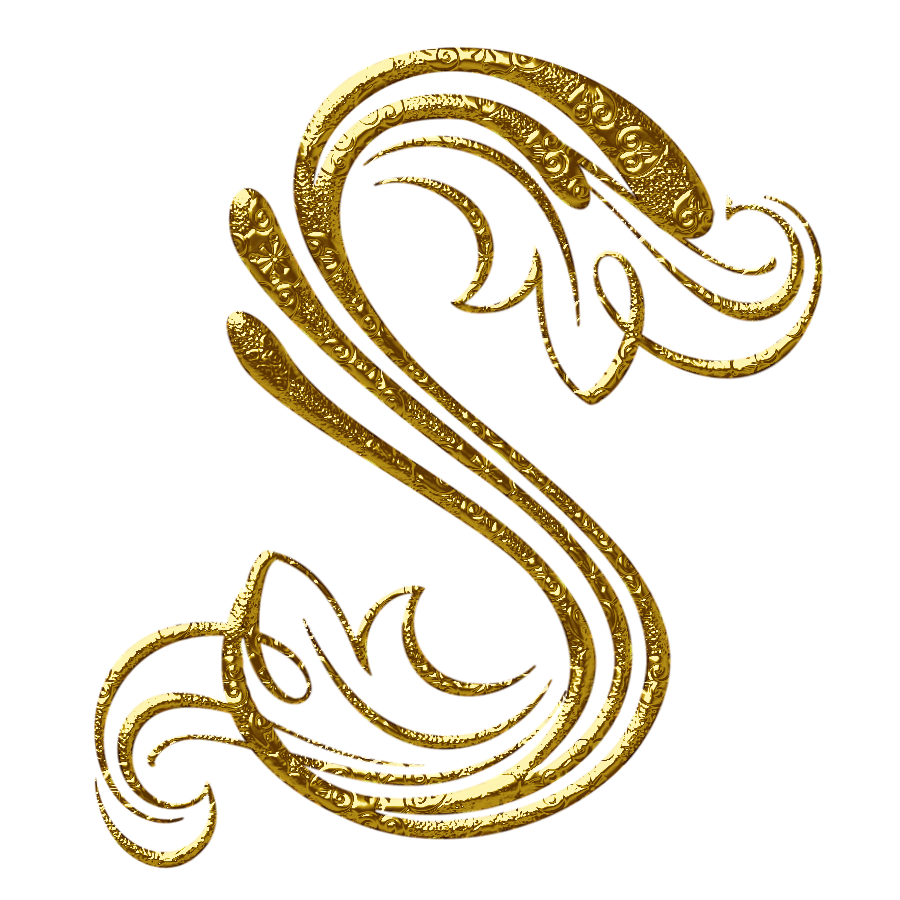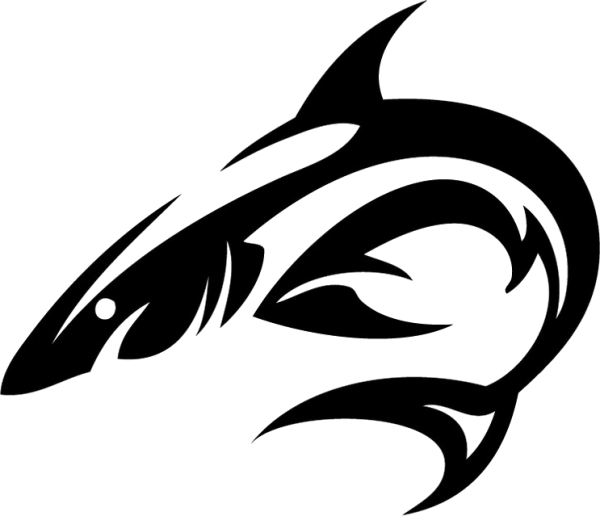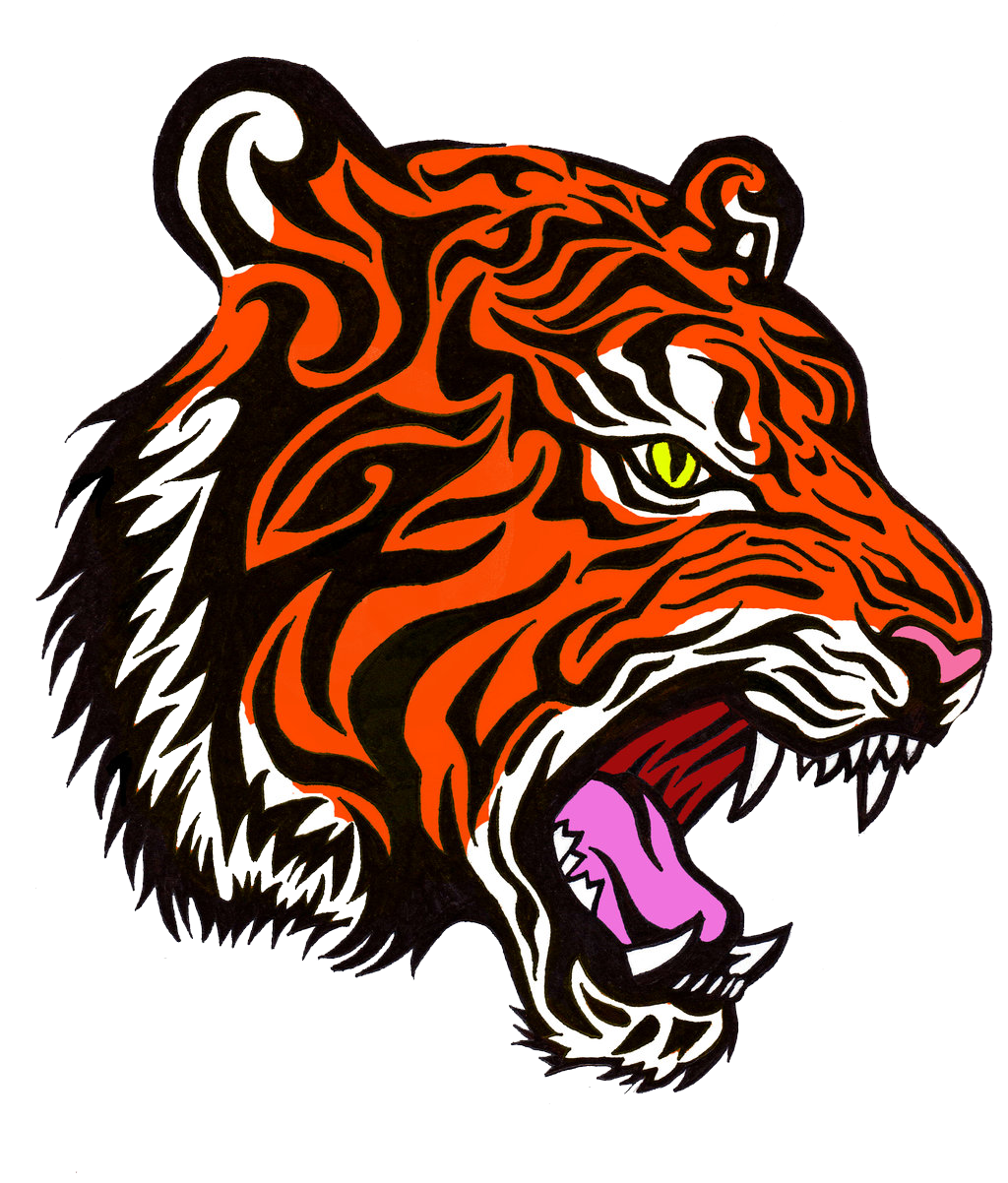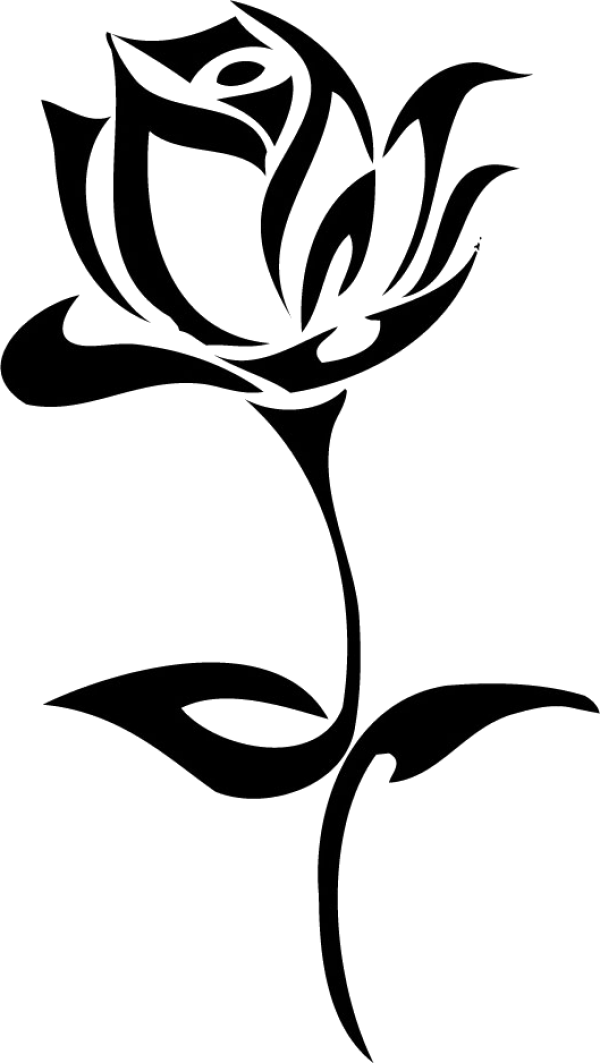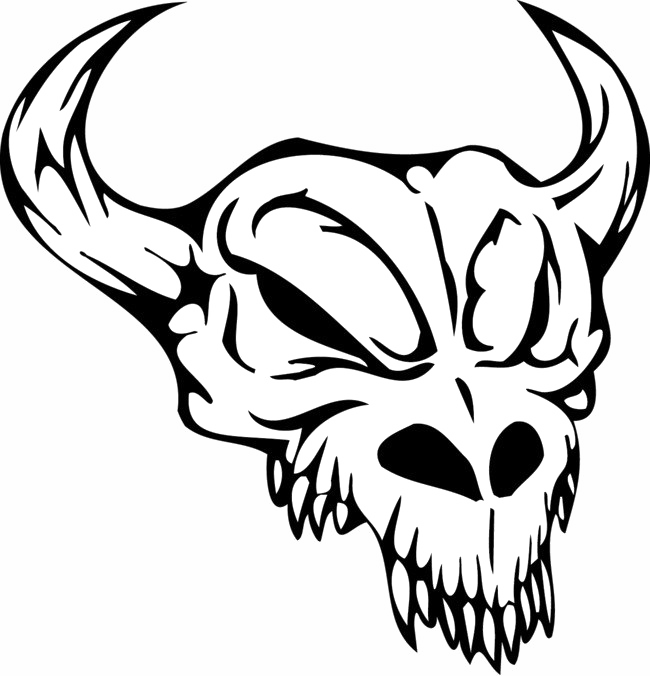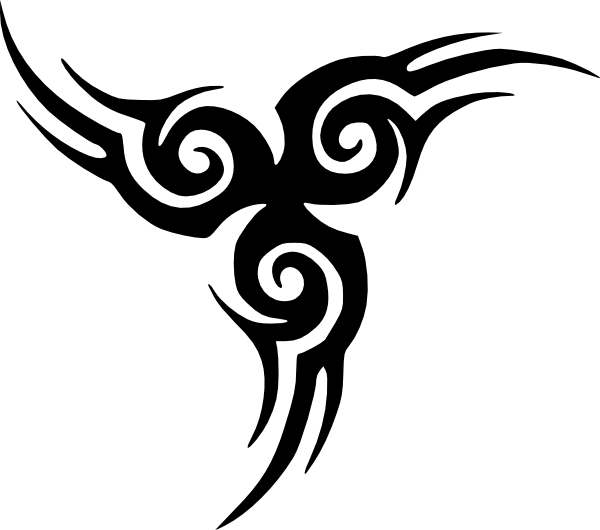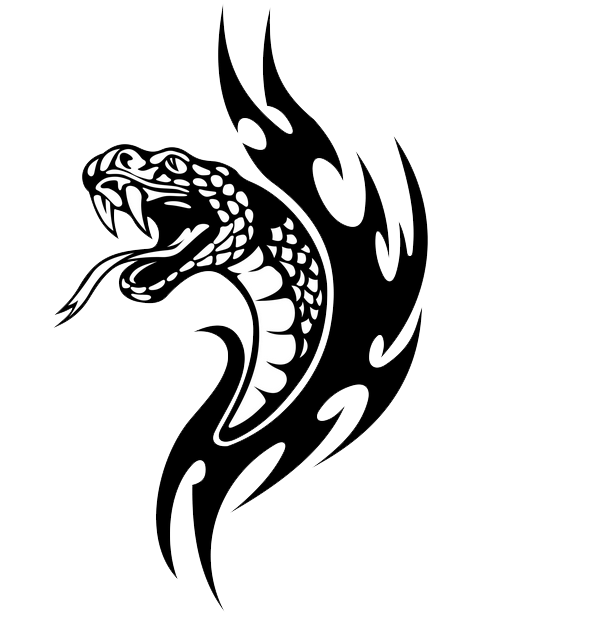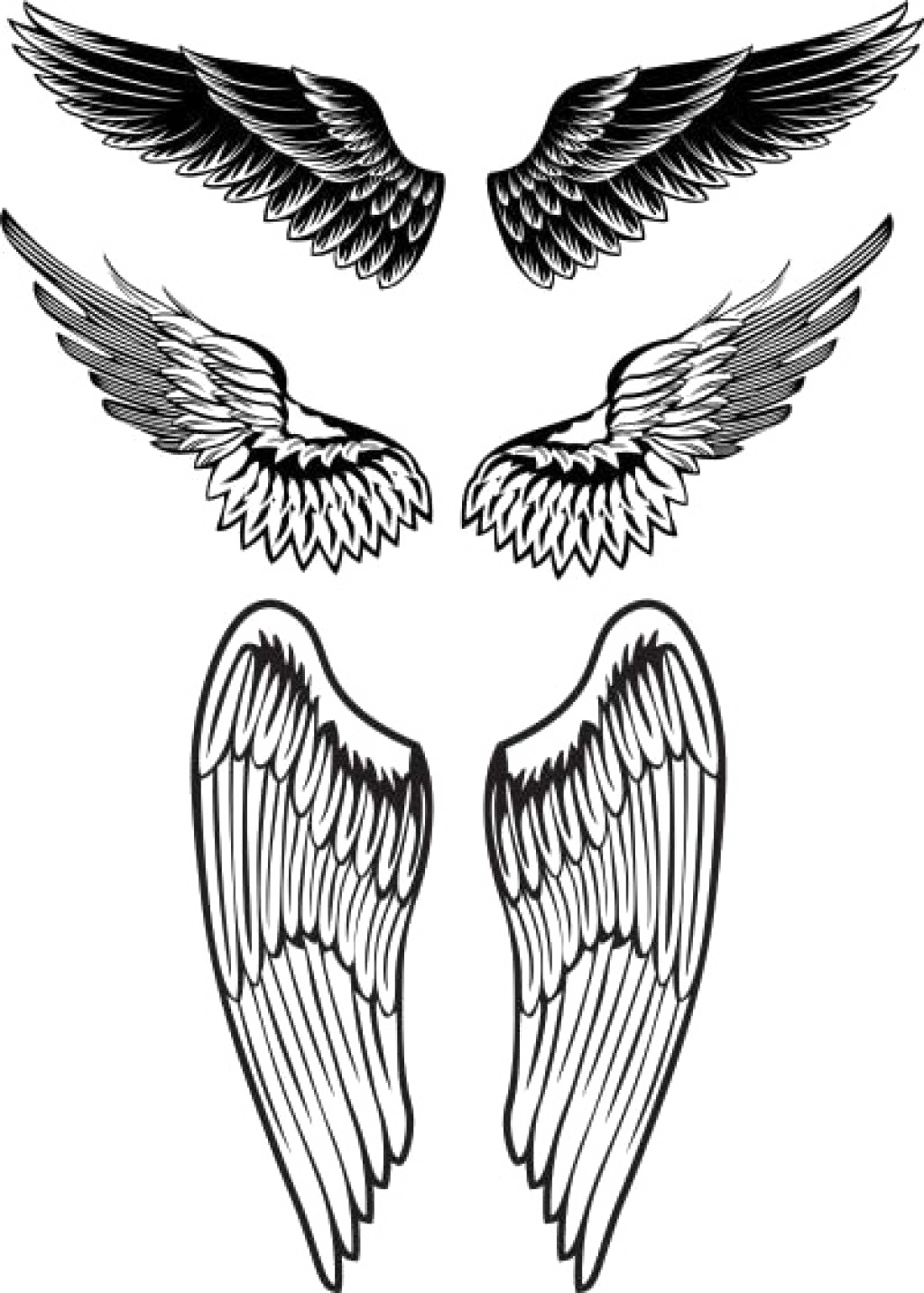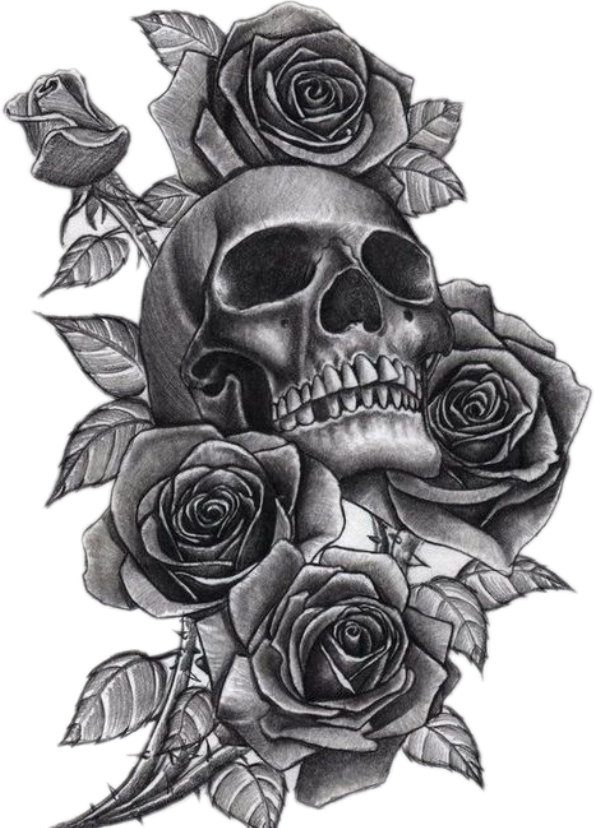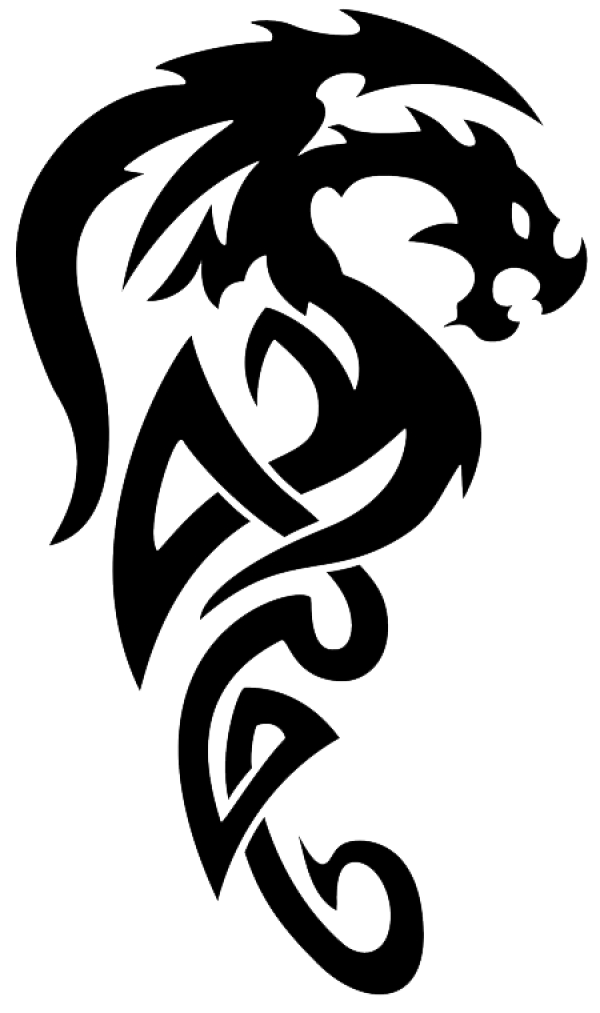Download top and best high-quality free Tattoo PNG Transparent Images backgrounds available in various sizes. To view the full PNG size resolution click on any of the below image thumbnail.
License Info: Creative Commons 4.0 BY-NC
A tattoo is a type of body alteration that involves the insertion of ink, dyes, and/or pigments into the dermis layer of the skin to create a design. Tattooing is the art of creating tattoos.
Tattoos are divided into three categories: merely ornamental (with no special meaning), symbolic (with a specific meaning to the wearer), and pictorial (with a specific meaning to the wearer) (a depiction of a specific person or item). Furthermore, tattoos can be used for identification, such as branding cattle with ear tattoos.
Tattoo is a loanword from the Samoan word tatau, which means “to strike.” It was first used in the 18th century. The origin of tattoo is given by the Oxford English Dictionary as “tattaow, tattaow, tattaow, tattaow, tattaow, tattaow, tattaow, tattaow, From the Polynesian tatau (Samoan, Tahitian, Tongan, and so forth). Tatu is a Marquesan word.” Tattooing has been described in the West as painting, scarring, or staining before the acquisition of the Polynesian term.
The roots of the word for the military drumming or performance ” see military tattoo ” are not to be confused with the origins of the body modification term. The English term tattoo is derived from the Dutch word taptoe in this circumstance.
“Flash,” a famous example of industrial design, refers to copyrighted tattoo designs that are mass-produced and supplied to tattoo artists. Many tattoo parlors have flash sheets widely displayed to provide customers with both inspiration and ready-made tattoo pictures.
Tattoos done with tebori, the traditional Japanese hand method, a Western-style machine, or any other form of insertion of ink are all referred to as irezumi in Japanese. Horimono is the most frequent term for traditional Japanese tattoo patterns. Non-Japanese tattooing styles may be referred to as “tattoo” in Japanese.
In 1900, British anthropologist Ling Roth documented four kinds of skin marking and recommended that they be classified as “tatu,” “moko,” “cicatrix,” and “keloid.” The first is scarification by pricking that leaves the skin smooth, as found in places like the Pacific Islands, the second is scarification by irritating and re-opening a preexisting wound, as found in places like New Zealand, the third is scarification by knife or chisel, as found in places like West Africa, and the fourth is scarification by irritating and re-opening a preexisting wound, as found in places like Tasmania. “An evolutionary progression from the most rudimentary type of bodily alteration to the most advanced was implicit in the classification.”
When a material like asphalt or explosives is rubbed into a wound as a consequence of an accident or trauma, it is known as a traumatic tattoo. Coal workers may obtain distinctive tattoos as a result of coal dust entering into their wounds. These are very difficult to eradicate since they tend to spread through multiple layers of skin, and depending on the location, scarring or permanent discolouration is nearly unavoidable. During the implantation or removal of dental fillings, amalgam particles are implanted in the soft tissues of the mouth, most often the gums. A purposeful or accidental stabbing with a pencil or pen, leaving graphite or ink beneath the skin, is another example of such unintentional tattoos.
Tattooing among women of the Koita people of Papua New Guinea began at the age of five and was increased each year, with the V-shaped tattoo on the chest denoting marriageable age. This photograph was shot in 1912.
Many tattoos are used as rites of passage, status insignia, religious and spiritual devotion emblems, decorations for courage, sexual lures and fertility markings, vows of love, amulets and talismans, protection, and punishment, such as the marks of outcasts, slaves, and criminals. Tattoos have diverse meanings and impacts in different areas and civilizations. Tattoos can express feelings toward a close relative (usually mother/father or daughter/son) or an unrelated individual. People today get tattoos for a variety of reasons, including artistic, cosmetic, sentimental/memorial, religious, and spiritual reasons, as well as to represent their belonging to or identification with specific groups, such as criminal gangs (see criminal tattoos), ethnic groups, or law-abiding subcultures. The Bible passages John 3:16, Philippians 4:13, and Psalm 23 are among the most popular.
Download Tattoo PNG images transparent gallery
- Tattoo Arm Transparent
Resolution: 601 × 265
Size: 122 KB
Image Format: .png
Download
- Tattoo Arm PNG Clipart
Resolution: 501 × 266
Size: 31 KB
Image Format: .png
Download
- Tattoo Arm PNG HD Image
Resolution: 1024 × 421
Size: 31 KB
Image Format: .png
Download
- Tattoo Arm PNG Image HD
Resolution: 887 × 328
Size: 62 KB
Image Format: .png
Download
- Tattoo Forearm
Resolution: 2376 × 2202
Size: 100 KB
Image Format: .png
Download
- Tattoo Forearm PNG
Resolution: 900 × 1700
Size: 422 KB
Image Format: .png
Download
- Tattoo Forearm PNG Pic
Resolution: 549 × 136
Size: 36 KB
Image Format: .png
Download
- Tattoo Forearm PNG File
Resolution: 770 × 2865
Size: 297 KB
Image Format: .png
Download
- Tattoo Forearm PNG Image
Resolution: 900 × 675
Size: 45 KB
Image Format: .png
Download
- Tattoo Forearm PNG Photo
Resolution: 980 × 980
Size: 77 KB
Image Format: .png
Download
- Tattoo Forearm PNG Cutout
Resolution: 3163 × 2418
Size: 459 KB
Image Format: .png
Download
- Tattoo Forearm PNG Images
Resolution: 1024 × 645
Size: 54 KB
Image Format: .png
Download
- Tattoo Forearm PNG Photos
Resolution: 947 × 843
Size: 33 KB
Image Format: .png
Download
- Tattoo Forearm Transparent
Resolution: 1232 × 1864
Size: 988 KB
Image Format: .png
Download
- Tattoo Forearm PNG Clipart
Resolution: 900 × 675
Size: 238 KB
Image Format: .png
Download
- Tattoo Forearm PNG Picture
Resolution: 800 × 1000
Size: 144 KB
Image Format: .png
Download
- Tattoo Forearm PNG HD Image
Resolution: 1854 × 2100
Size: 528 KB
Image Format: .png
Download
- Tattoo Simple
Resolution: 984 × 980
Size: 67 KB
Image Format: .png
Download
- Tattoo Simple PNG
Resolution: 715 × 715
Size: 29 KB
Image Format: .png
Download
- Tattoo Simple PNG Pic
Resolution: 480 × 804
Size: 195 KB
Image Format: .png
Download
- Tattoo Simple PNG File
Resolution: 1280 × 947
Size: 196 KB
Image Format: .png
Download
- Tattoo Simple PNG Image
Resolution: 480 × 836
Size: 321 KB
Image Format: .png
Download
- Tattoo Small
Resolution: 2048 × 2048
Size: 304 KB
Image Format: .png
Download
- Tattoo Small PNG
Resolution: 840 × 570
Size: 309 KB
Image Format: .png
Download
- Tattoo Small PNG Pic
Resolution: 1312 × 2131
Size: 91 KB
Image Format: .png
Download
- Tattoo Small PNG File
Resolution: 650 × 277
Size: 48 KB
Image Format: .png
Download
- Tattoo Small PNG Image
Resolution: 600 × 681
Size: 173 KB
Image Format: .png
Download
- Tattoo Small PNG Photo
Resolution: 900 × 1400
Size: 513 KB
Image Format: .png
Download
- Tattoo
Resolution: 768 × 1024
Size: 1276 KB
Image Format: .png
Download
- Tattoo PNG
Resolution: 1448 × 912
Size: 387 KB
Image Format: .png
Download
- Tattoo Rose
Resolution: 1126 × 980
Size: 95 KB
Image Format: .png
Download
- Tattoo PNG Pic
Resolution: 604 × 1024
Size: 131 KB
Image Format: .png
Download
- Tattoo Rose PNG
Resolution: 700 × 739
Size: 340 KB
Image Format: .png
Download
- Tattoo PNG File
Resolution: 800 × 636
Size: 22 KB
Image Format: .png
Download
- Tattoo PNG Image
Resolution: 512 × 512
Size: 74 KB
Image Format: .png
Download
- Tattoo PNG Photo
Resolution: 2048 × 1070
Size: 21 KB
Image Format: .png
Download
- Tattoo PNG Cutout
Resolution: 2048 × 2048
Size: 44 KB
Image Format: .png
Download
- Tattoo PNG Images
Resolution: 1979 × 1976
Size: 87 KB
Image Format: .png
Download
- Tattoo PNG Photos
Resolution: 692 × 1154
Size: 33 KB
Image Format: .png
Download
- Tattoo Transparent
Resolution: 700 × 400
Size: 44 KB
Image Format: .png
Download
- Tattoo PNG Clipart
Resolution: 3000 × 3000
Size: 33 KB
Image Format: .png
Download
- Tattoo PNG Picture
Resolution: 1600 × 1200
Size: 86 KB
Image Format: .png
Download
- Tattoo PNG HD Image
Resolution: 3000 × 3000
Size: 231 KB
Image Format: .png
Download
- Tattoo PNG Image HD
Resolution: 768 × 1025
Size: 35 KB
Image Format: .png
Download
- Tattoo Arm
Resolution: 881 × 1280
Size: 1295 KB
Image Format: .png
Download
- Tattoo Arm PNG Picture
Resolution: 1000 × 1534
Size: 29 KB
Image Format: .png
Download
- Tattoo Arm No Background
Resolution: 1131 × 1600
Size: 804 KB
Image Format: .png
Download
- Tattoo Arm PNG Images HD
Resolution: 1428 × 2012
Size: 1395 KB
Image Format: .png
Download
- Tattoo Arm PNG Free Image
Resolution: 900 × 900
Size: 1252 KB
Image Format: .png
Download
- Tattoo Arm PNG Image File
Resolution: 600 × 516
Size: 75 KB
Image Format: .png
Download
- Tattoo Arm Background PNG
Resolution: 1024 × 1202
Size: 1229 KB
Image Format: .png
Download
- Tattoo Arm PNG Background
Resolution: 600 × 1063
Size: 134 KB
Image Format: .png
Download
- Tattoo Arm PNG Pic
Resolution: 650 × 676
Size: 239 KB
Image Format: .png
Download
- Tattoo Arm PNG File
Resolution: 600 × 530
Size: 29 KB
Image Format: .png
Download
- Tattoo Arm PNG Image
Resolution: 608 × 625
Size: 66 KB
Image Format: .png
Download
- Tattoo Arm PNG Photo
Resolution: 756 × 576
Size: 19 KB
Image Format: .png
Download
- Tattoo Arm PNG Cutout
Resolution: 1024 × 1433
Size: 1227 KB
Image Format: .png
Download
- Tattoo Arm PNG Images
Resolution: 594 × 828
Size: 734 KB
Image Format: .png
Download
- Tattoo Arm PNG Photos
Resolution: 600 × 1013
Size: 132 KB
Image Format: .png
Download
